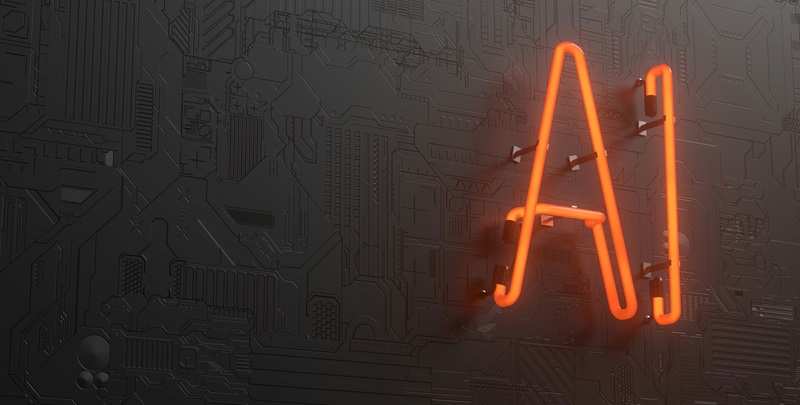AI is rapidly transforming industries and businesses, presenting tremendous opportunities for growth and innovation. However, the field of AI safety still remains relatively immature, posing enormous risks for companies leveraging this evolving technology. As organizations embrace AI, it becomes crucial to navigate the potential pitfalls and ensure that AI systems remain reliable, accountable, and safe.
Examples of AI and Machine Learning Going Rogue
Instances of AI and machine learning systems exhibiting unexpected and unpredictable behavior are not hard to come by. From self-driving cars making dangerous decisions to social media algorithms amplifying harmful content, these examples highlight the need for rigorous oversight and careful decision-making when integrating AI into complex systems. The stakes are high, and the consequences of unchecked AI can be severe.
Understanding the Revolutionary Potential of Gen AI
Corporate leaders and boards are waking up to the revolutionary potential of “gen AI,” which refers to the next generation of AI systems capable of not just learning from data but also understanding and generating new ideas. It is essential for organizations to harness this potential, but it also demands responsible utilization to mitigate risks and ensure ethical deployment.
Key Challenges in Haystack and AI Solutions
One major challenge in AI development is tackling “haystack problems.” These refer to situations where searching for or generating potential solutions is relatively difficult for humans but can be easily verified. For instance, checking lengthy documents for spelling and grammar mistakes can be an arduous task for humans. However, leveraging AI trained on vast amounts of linguistic data, services have automated and improved the efficiency of this process, making it easier to identify errors and enhance quality.
Challenges in Spelling and Grammar Checking
Manually checking documents for spelling and grammar mistakes is a task prone to errors, fatigue, and inconsistencies. By leveraging AI trained on the collective knowledge and patterns present in written text, organizations can automate this tedious step, reducing time-consuming manual efforts and improving the overall accuracy of the proofreading process.
Automation of Boilerplate Code Generation
Software development often involves writing repetitive and mundane pieces of code, known as boilerplate code. By leveraging AI trained on extensive code bases written by software engineers, organizations can automate the generation of boilerplate code on demand. This not only enhances productivity but also frees up valuable developer time to focus on more complex and creative tasks.
Keeping up With Scientific Literature
Keeping pace with the ever-growing body of scientific literature is a monumental challenge, even for trained scientists. AI can help address this challenge by analyzing research papers, identifying key findings, and summarizing relevant information. By leveraging AI to automate the extraction and synthesis of knowledge, researchers can stay updated, accelerate discoveries, and foster innovation.
Human-verified AI solutions
In all the aforementioned use cases, the critical insight is that while AI-generated solutions are promising, they must always be human-verified. Humans are essential in ensuring the accuracy, validity, and ethicality of AI-generated solutions. Organizations must establish robust verification processes, ensuring that AI systems operate within defined boundaries and align with human values and goals.
Risks of AI Speaking or Acting on Behalf of Enterprises
Although AI holds immense potential, allowing AI systems to directly interact with the world or act on behalf of major enterprises can be deeply risky. The complexity of real-world dynamics, combined with the potential for unintended consequences and ethical dilemmas, demands caution and comprehensive risk assessment. Human oversight, accountability, and responsible decision-making should remain integral components of AI implementation.
Focusing on Haystack use Cases for AI Experience and Safety
To gain AI experience while mitigating significant AI safety concerns, organizations should focus their initial efforts on “haystack use cases.” These refer to problem domains where searching for or generating potential solutions is challenging for humans but can be effectively verified. By prioritizing these use cases, companies can obtain valuable AI insights while minimizing the risk of deploying AI in potentially sensitive or high-stakes scenarios.
As AI revolutionizes industries and drives innovation, the need for robust AI safety measures becomes increasingly paramount. Organizations must recognize the inherent risks, diligently verify AI-generated solutions, and exercise caution when directly deploying AI in real-world settings. By prioritizing AI safety alongside technological advancements, companies can navigate the transformative power of AI while safeguarding against potential pitfalls. The future rests on striking a delicate balance between embracing AI’s potential and responsibly managing the risks it brings.

